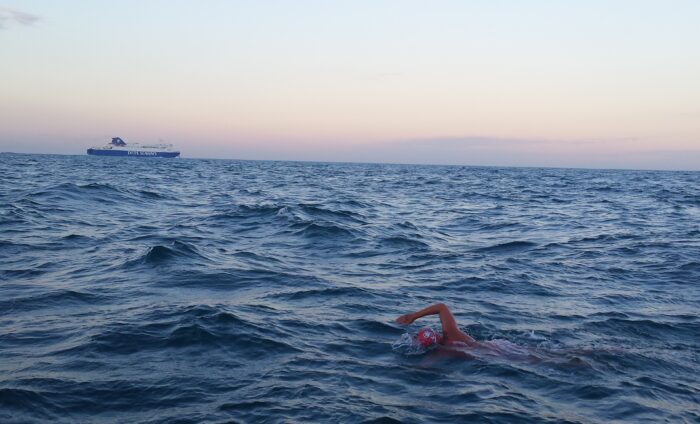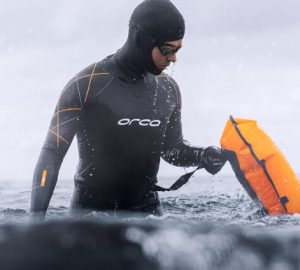
How long do people have to train to swim the English Channel?
I was asked this question through the website Quora, and this is the answer I gave. If anyone who has swum the Channel wants to add anything, please leave a comment or send a message through our contacts page.
Not having swum the English Channel I don’t feel fully qualified to answer but I’m happy to share what I’ve learnt and observed in five years of publishing H2Open. The longest open water swim I’ve done is the 10.5-mile length of Windermere.
The answer, as with many questions of this type, is that there are a multitude of factors to take into consideration including your current fitness level, swimming ability, acclimatisation to cool water, mental preparedness, available time, access to appropriate training facilities and financial situation. The last is often ignored but you should budget at least several thousand pounds for a Channel swim, and many people have other things they want or need the money for.
It can be done in under a year. In Greg Whyte’s book, Achieving the Impossible, comedian David Walliams says, with little swimming background, he started training in the autumn of 2005 and swam the English Channel in the summer of 2006. David has some advantages. His body size and shape is well-suited to long distance swimming in cool water and he was able to the employ the services of Mr Whyte as a coach and mentor. Nevertheless, this was still an amazing achievement. The Channel makes no special allowances for celebrities and David still had to do all the training alongside an undoubtable busy performance schedule.
At the other end of the scale, some people can train for years and never succeed.
So what do you need to improve your chances?
Swimming ability
Your swimming ability is obviously important but arguably not the critical factor in a successful Channel crossing. The ability to swim continuously for hour after hour is more important than speed or a beautiful stroke. Plenty of determined plodders have crossed the Channel where speedier (and perhaps more impatient) swimmers have failed. That said, being able to swim faster should mean a faster crossing (subject to tides and conditions) and that’s usually a good thing. A key point is that it is well-worth spending time on analysing and improving your swimming technique, not only to make you more efficient but (and more importantly) to minimise the risk of injury during training.
Cold water tolerance
Hypothermia is a significant risk when swimming the Channel, which is why both organisations accrediting Channel swims insist on a six-hour qualifying swim in 15.5 or 16-degree water or cooler. Your ability to tolerate cold water depends on multiple factors including how much you have acclimatised through regular open water swimming, your body shape and size, your nutrition during the swim and your fitness level (a fitter person can sustain a higher work rate thus generating more heat). For some swimmers it is possible to achieve the necessary degree of acclimatisation in a single season, starting sea swimming in April or May. Others take several years and some can never manage it.
The right mindset
People say that long distance swimming is all in your head, which isn’t strictly true, but it does point to a hugely important factor. You will need to be able to continue swimming when you’re tired, cold, hungry and fed up beyond any reasonable measure. For 10 or 16 or more hours you will be swimming next to a boat. You will know that all you need to do to end your suffering is to reach out and deliberately touch that boat where you will be bundled up in warm clothes and offered hot, soothing drinks. The right mindset isn’t something you either have or you haven’t. It’s something that’s developed through your training, preparation and practice, although, as with most things, some people have natural advantages. How long does it take to develop? Who knows? How often have you pushed yourself to extreme physical limits in the past?
Ability to re-fuel while swimming
You will typically stop to eat or drink every 30 to 60 minutes on a Channel swim. The majority of swimmers use commercial energy drinks, sometimes at double strength, alongside occasional treats such as jelly babies. The quicker you can consume this and resume swimming the better – experienced swimmers can feed in less than 10 seconds. Your gut needs to be trained to cope with this sort of abuse and it is essential to practice feeding – and to find your tolerance limits – during training. It’s not uncommon for people to vomit during Channel swims.
Personally, unless you are wealthy, have lots of time on your hands, are already a strong swimmer and are a relatively large individual, I wouldn’t recommend attempting an English Channel swim in anything less than two years. It can be done, but you would be better off spending a year building your open water experience and confidence through a series of shorter (but progressively longer and more challenging) swims









